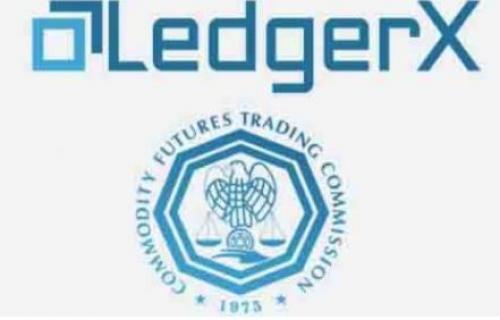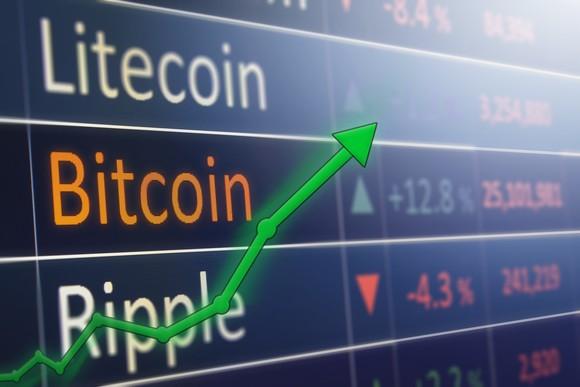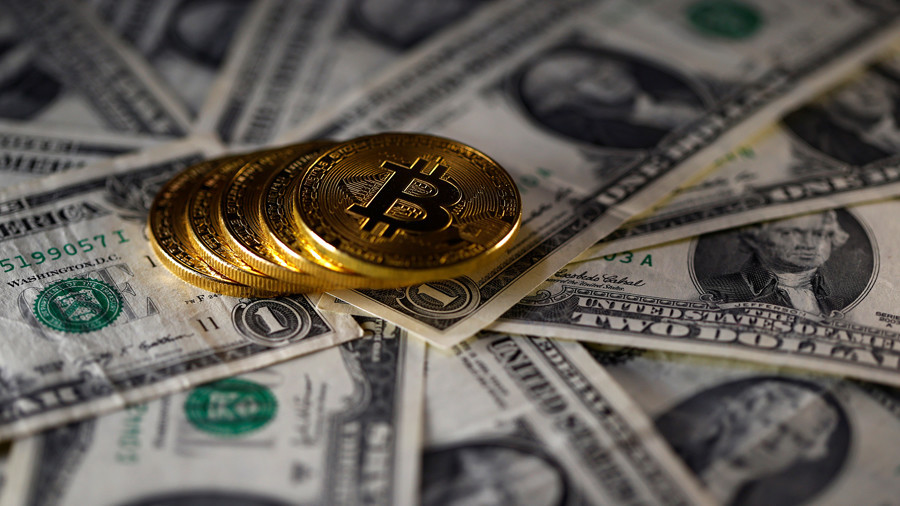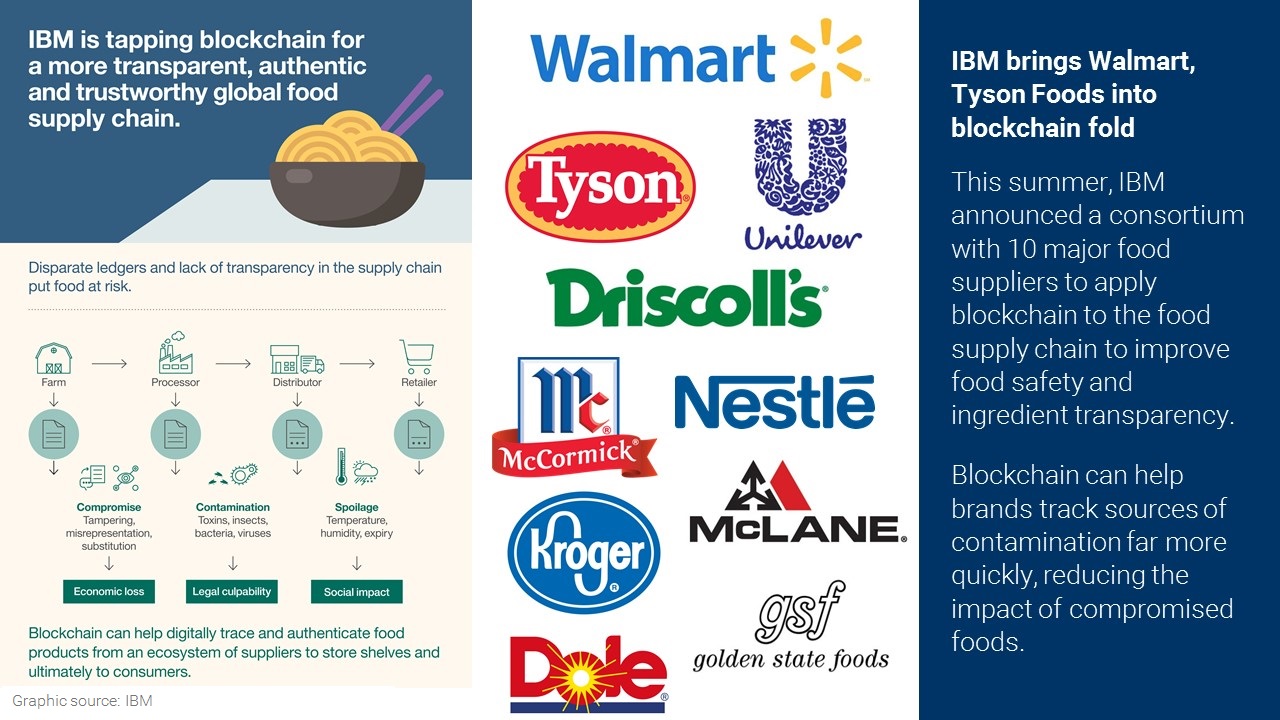In light of the broader field of monetary policy worldwide, the upcoming Halvening will come at a particularly auspicious juncture.
In May 2020, bitcoin (BTC) will see its next halving: the reduction of the reward for successfully mining a block. The Nakamoto white paper specifies that every 210,000 blocks, the reward for successfully mining a block is cut by half. But while these halvings occur roughly every four years (with the estimated reward dropping to one Satoshi on or around the year 2140), the Bitcoin Halvening of 2020 is particularly momentous.
At present, the reward for mining a block is 12.5 BTC; in May, the reward for successfully adding a block to the blockchain will drop to 6.25 BTC per block. The current annualized rate of “inflation” (some disambiguation regarding this later) is between 3.7 percent and 3.8 percent: an average of 144 blocks mined per day at 12.5 BTC each, yielding approximately 1,800 new BTC each day.
(A quick point of disambiguation: To describe the expansion in size of bitcoin’s outstanding number of coins as inflation — what might be called the “float” in equities or the “money stock” in more conventional currencies — is consistent with an older definition; in the same sense, new gold being mined is, with respect to the existing, above-ground gold stock, “inflationary.” But today, the term inflation is used to describe, and assumed to mean, an increase in general price levels within an economy. In fact, from the perspective that with increasing value one bitcoin buys more over time, it is indisputably deflationary.)
What’s noteworthy about this point is that, upon this particular halving, bitcoin “inflating” at a roughly 1.8 percent rate annually will nominally — and by then, quite possibly in real terms — be “inflating” at a rate lower than both the Federal Reserve target of 2 percent per year and current, CPI-based estimates of real U.S. inflation of 1.9 percent annually.
Testing on Human Beings; No Institutional Review Board Required
In light of the broader field of monetary policy worldwide, the upcoming Halvening will come at a particularly auspicious juncture. Despite considerable efforts over more than a decade, the Federal Reserve (and other central banks) has attempted and failed to engineer a rate of inflation (in the case of the Federal Reserve, of 2 percent) even after vastly expanding the size of the Federal Reserve’s balance sheet and undertaking numerous other expansionary programs.
Even casual observers of global central banking practice will note that the apparent inability of the Federal Reserve, the European Central Bank, the Bank of Japan, and other such institutions to manufacture inflation has not led to some newfound respect (let alone humility) in light of their demonstrated lack of understanding of so powerful a force. Even a cursory review of history reveals that inflation is second only to war where forces laying waste to civilizations are considered.
To the contrary: Legions of economists within these (usually) quasi-public entities have redoubled their efforts, embracing unconventional policy implementations, the most recent and well-known of which are sequential phases of quantitative easing. Whether Federal Reserve economists have forgotten or don’t care that billions of real human beings toil beneath their policy machinations is an exercise for the reader to consider.
Source/More: Bitcoin Is Quantitatively Tightening – AIER














